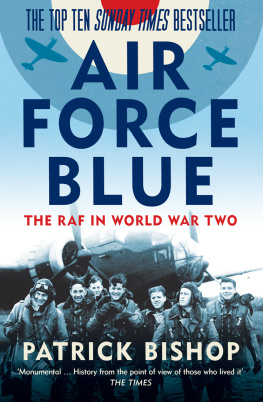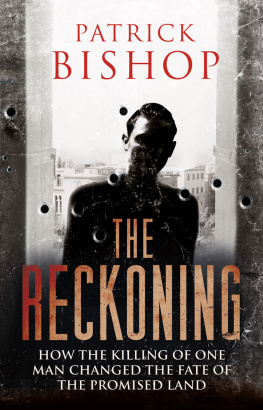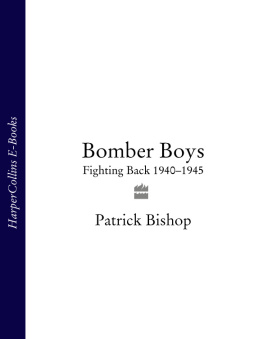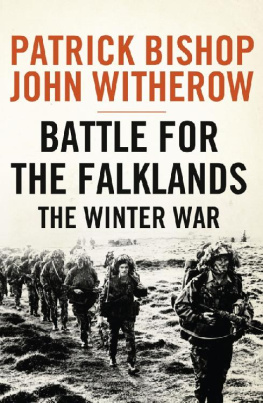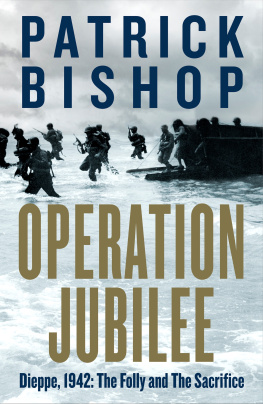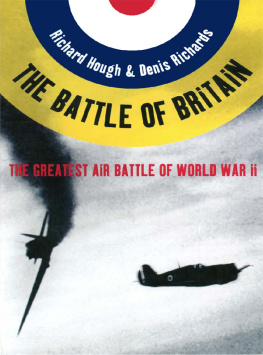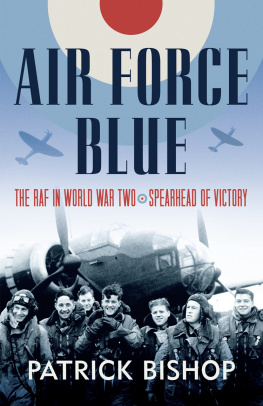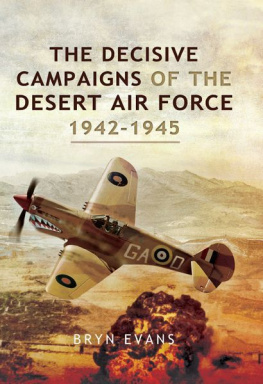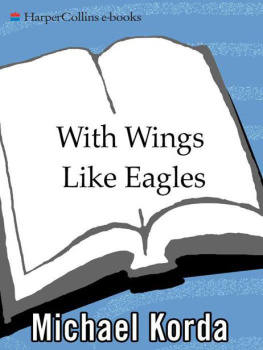William Collins
An imprint of HarperCollinsPublishers
1 London Bridge Street
London SE1 9GF
www.WilliamCollinsBooks.com
This eBook first published in Great Britain by William Collins in 2017
Copyright Patrick Bishop 2017
Cover image: RAF bomber pilots return home from a successful mission (Photo Hulton-Deutsch Collection/CORBIS/Corbis via Getty Images)
Maps by John Gilkes
Patrick Bishop asserts the moral right to be identified as the author of this work
A catalogue record for this book is available from the British Library
All rights reserved under International and Pan-American Copyright Conventions. By payment of the required fees, you have been granted the non-exclusive, non-transferable right to access and read the text of this e-book on-screen. No part of this text may be reproduced, transmitted, down-loaded, decompiled, reverse engineered, or stored in or introduced into any information storage and retrieval system, in any form or by any means, whether electronic or mechanical, now known or hereinafter invented, without the express written permission of HarperCollins.
Source ISBN: 9780007433155
Ebook Edition September 2017 ISBN: 9780007433162
Version: 2018-05-29
TO HEN
ANGEL GIRL IN CHIEF
Contents
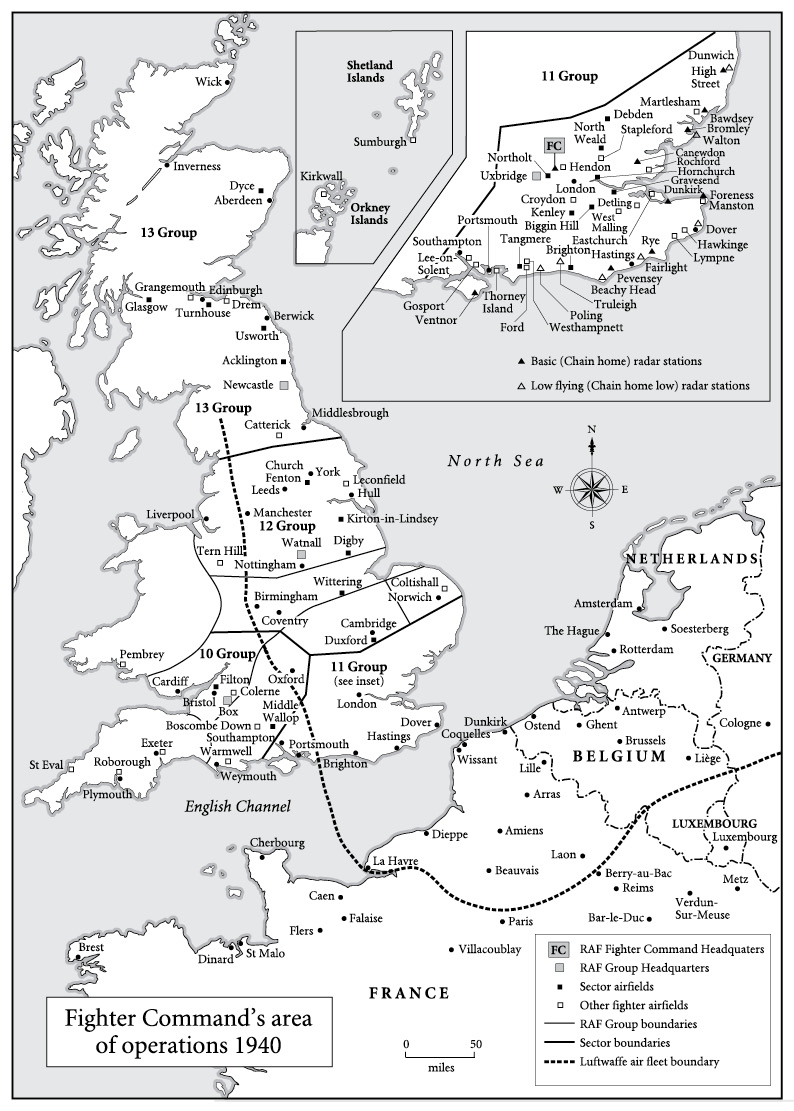
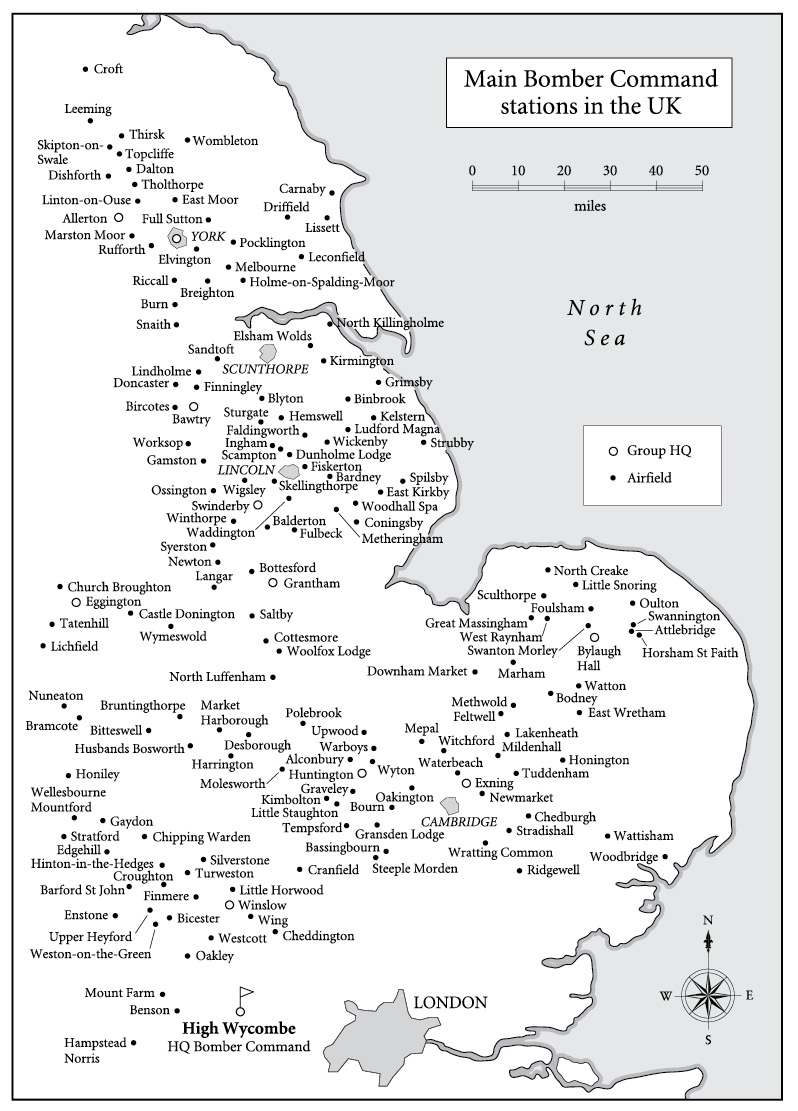

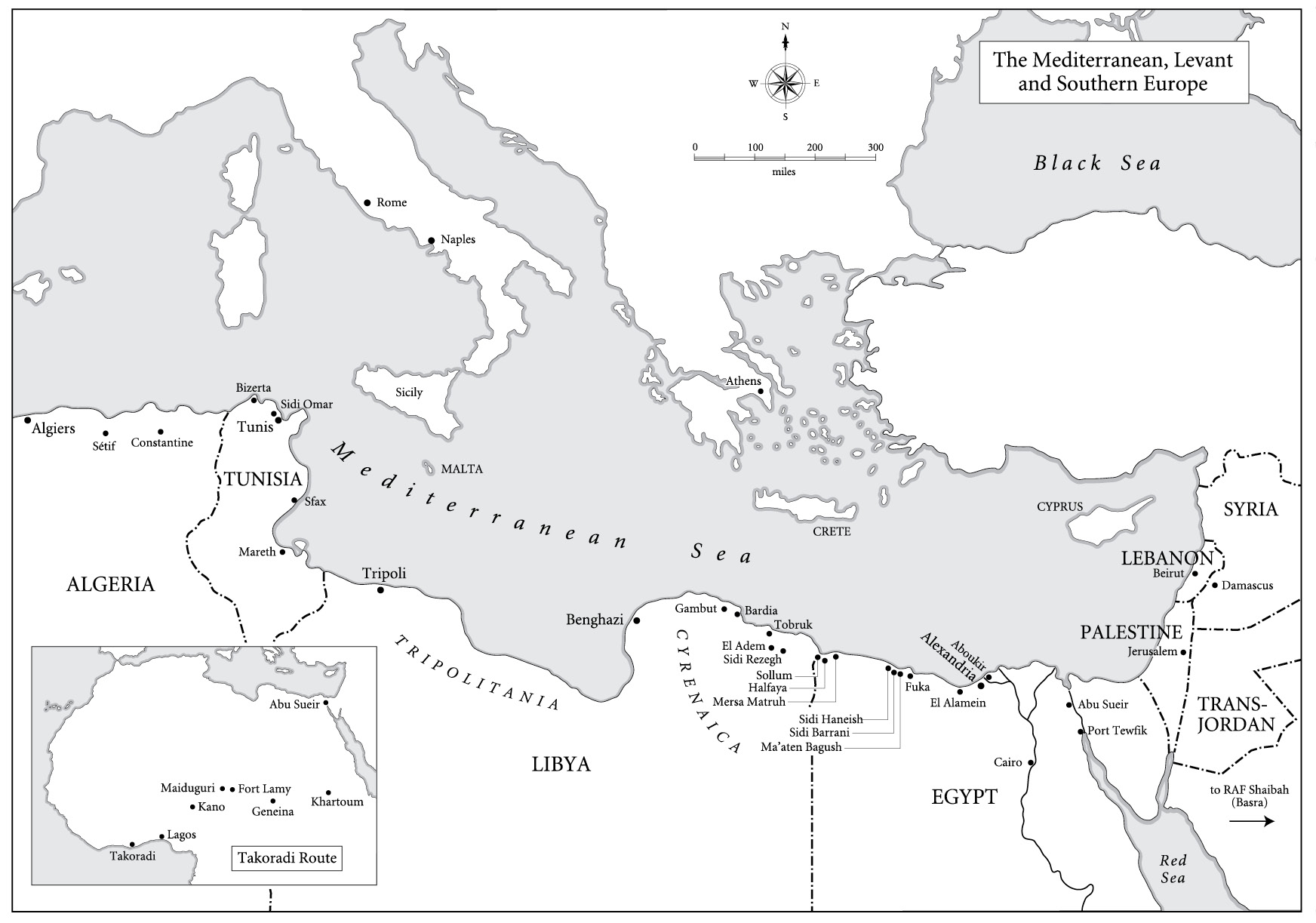
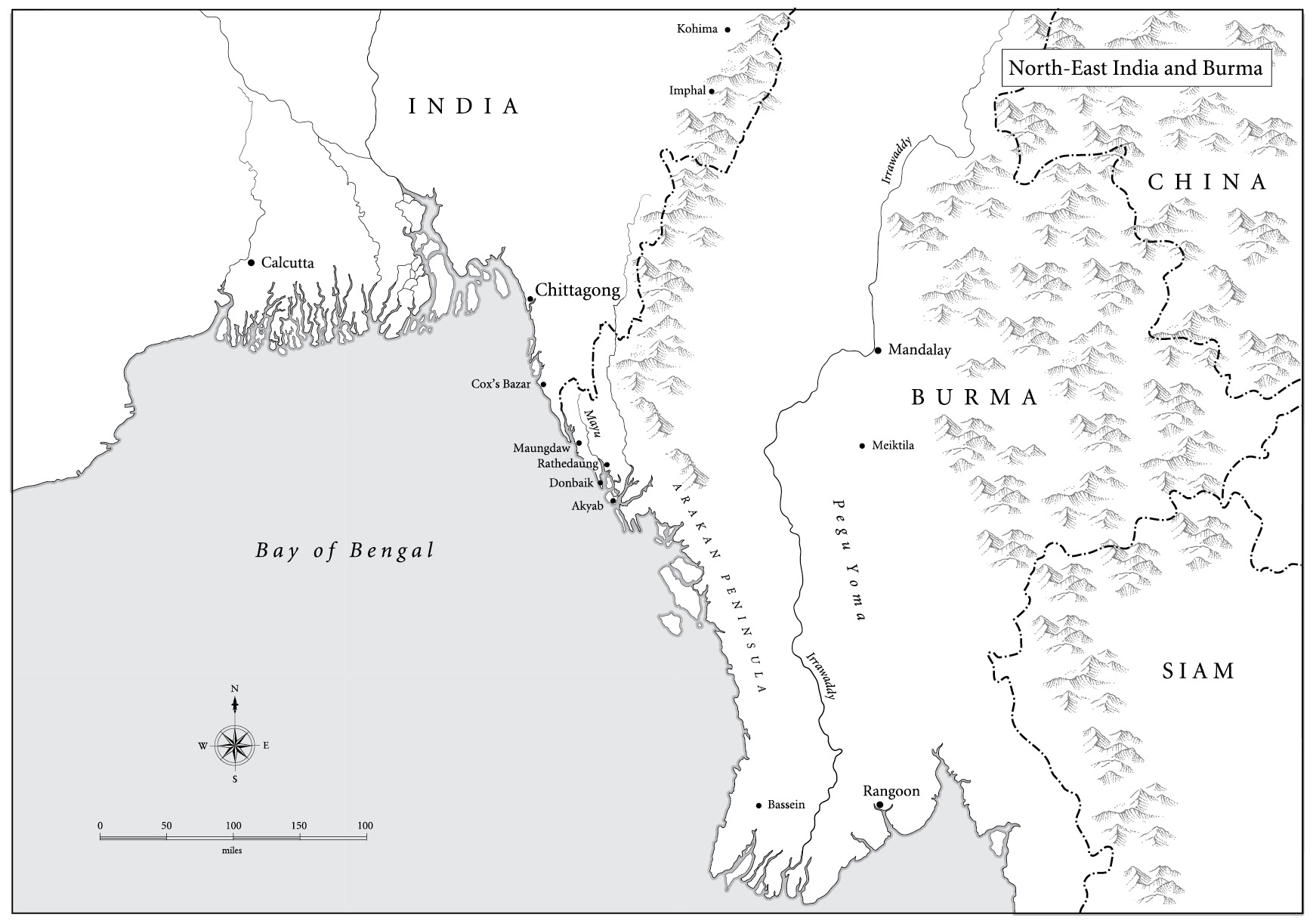
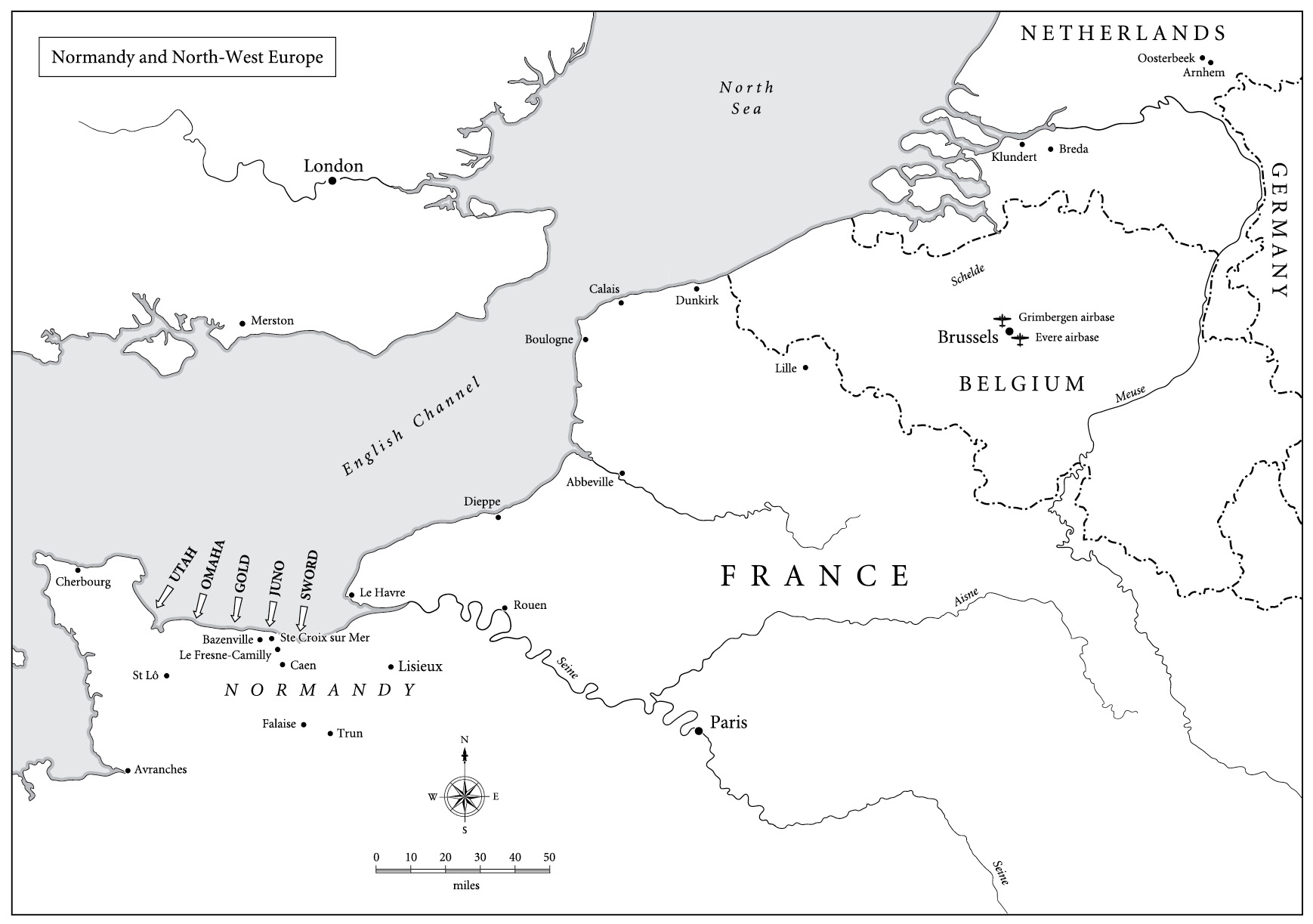
Prologue
In the spring of 1944 the chief information officer with the Royal Air Force permanent delegation in Washington, DC, reported back to London on how the service was regarded on the other side of the Atlantic. We cannot hope to enhance the prestige of the RAF, he wrote. Throughout the world it is a household word, and in the United States its reputation is so high that in some quarters it is almost regarded as something apart from, and superior to, Britain.
The Americans were not easily impressed. Since joining the war they had become the dominant partners in the alliance and the attitude of US commanders towards the British Army and Navy could be tinged with a condescension that was sometimes amused and often exasperated.
The information officers report, smug though it sounded, was essentially accurate. The RAF was seen differently. Unlike the other services, it attracted quasi-automatic admiration and respect. American airmen regarded their British comrades as something like equals; energetic, efficient and providing an operational contribution that added real weight to the Allied war effort.
In March 1944 when the report was written, Britain and the US had settled on the command structure for the forthcoming great invasion of northern Europe, and Dwight D. Eisenhower was chosen as Supreme Allied Commander. Eisenhower knew who he wanted as his second-in-command: Arthur Tedder of the RAF, who he had got to know intimately during the Mediterranean and Italian campaigns. Ike had been Tedders best man when he married for the second time. Tedder was Eisenhowers warm personal friend and the man he most admired and trusted among the British high command.
The US militarys assessment of the quality and worth of their allies was based initially on observation, then on direct experience. For the first ten months of the war the Armys record was one of debacle and defeat in Norway and France ending in the ignominy of Dunkirk. In North Africa, it floundered against a weaker enemy, and a golden chance for a quick ending was squandered when Churchill decided to switch forces to Greece in a hopeless attempt to stem the Nazi invasion. The eventual victory at El Alamein was the result of a marked numerical superiority in men, guns, tanks and aircraft. It was the first and last time that a British and Commonwealth force would beat the Germans on their own. Thereafter almost all of the Armys effort in the West would be in conjunction with, and ultimately subordinate to, the Americans.
At sea, the war disobligingly failed to develop along the lines that the Admiralty had planned for. There would be no major fleet showdown between the Royal Navy and the Kriegsmarine and the huge and expensive battleships the admirals set such store by absorbed commensurate resources and manpower, which had to be diverted from more productive activities in order to protect them. The Navy did, of course, secure at great cost and effort the sea lanes that kept Britain in the war, but the Battle of the Atlantic was a struggle for survival rather than an advance towards victory. Fighting it took all their time and British warships did not contribute anything to the US Navys campaign in the Pacific until January 1945.
The information officers belief that the Air Force was perceived as something apart from and superior to Britain was telling. The Americans did not do sentimentality. The notion that cultural and historical connections meant that Britain was owed deference had long ago vanished. Some in the British military and political establishment did not seem to have noticed that things had changed. Transatlantic visitors were used to being talked down to by their hosts, who drew on centuries of imperial wisdom to instruct and correct. Americans believed they had little to learn from a nation that was fast losing its world-power status and in the space of a generation had twice been forced to turn to them for salvation.
Their dealings with the RAF brought a pleasant surprise. In the early autumn of 1940, when America was still more than a year away from entering the war but already supplying Britain with materiel, a delegation toured Egypt. Colonel Harvey S. Burwell of the US Army Air Forces (USAAF) was greatly impressed by the spirit of the pilots and ground crews, praising their superb morale, extraordinary patience and wonderful courage.
This image of unstuffiness was reinforced by a well-orchestrated stateside propaganda effort, promoting the RAFs achievements and personalities. Guy Gibson, hero of the May 1943 Dams Raid, was pressed into service as an ambassador. In September that year he swept across North America charming interviewers, reporters and radio audiences and receiving the sort of reception normally accorded to movie stars. Humility was not a quality readily associated with Gibson at home. Abroad, however, he was seen as a thoroughly nice, modest young man with a good sense of humour.
Above all, he was unmistakeably a great warrior. The Dams Raid was an epic feat of arms. It immediately attracted the attention of the Hollywood director Howard Hawks, who invited Gibson to stay with him in Los Angeles. Hawks commissioned a script from Flight Lieutenant Roald Dahl, a former fighter pilot then serving as a press attach in Washington (though this version foundered on the objections of Barnes Wallis, the scientific brains behind the operation).
The Air Force projected confidence, aggression and efficiency. Whatever the Americans thought about Britains contribution on land and sea, no one could deny that in the air it more than pulled its weight. The first American bombs fell on Europe in August 1942. In the twenty-nine months that followed, the USAAF never matched the tonnages showered down by the RAF. It was only in January 1945 that they began to pull ahead. The final balance showed that, in the bombing war in Europe, Bomber Command dropped 873,348 tons of ordnance and the United States Eighth Air Force 621,438.

